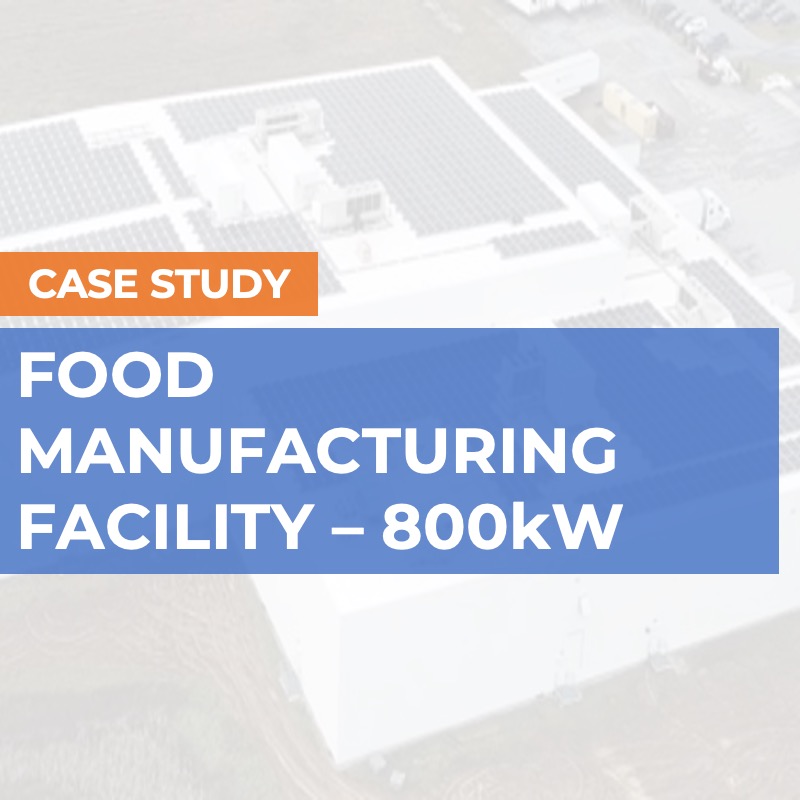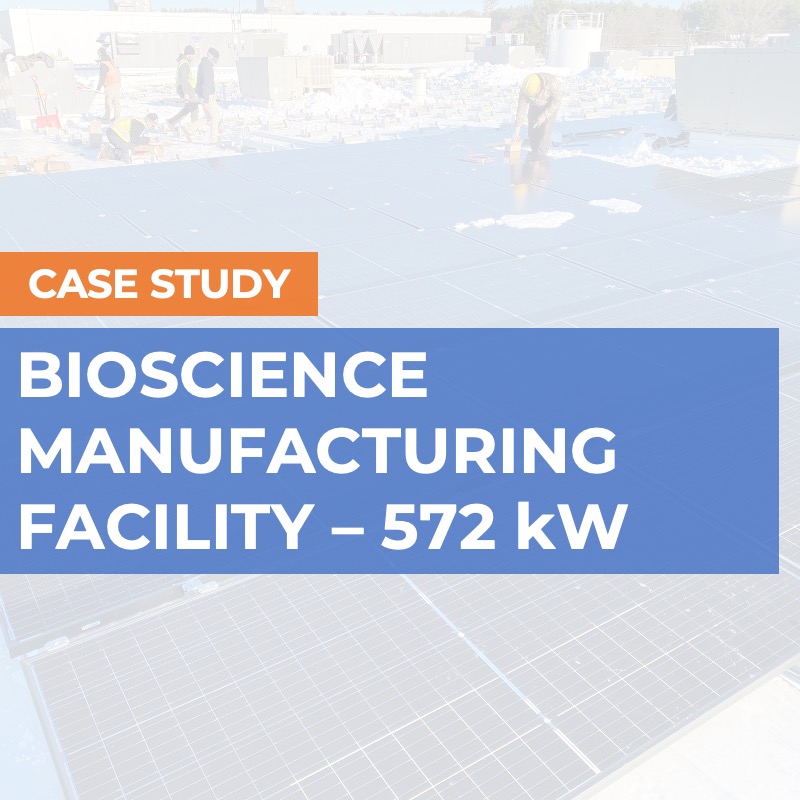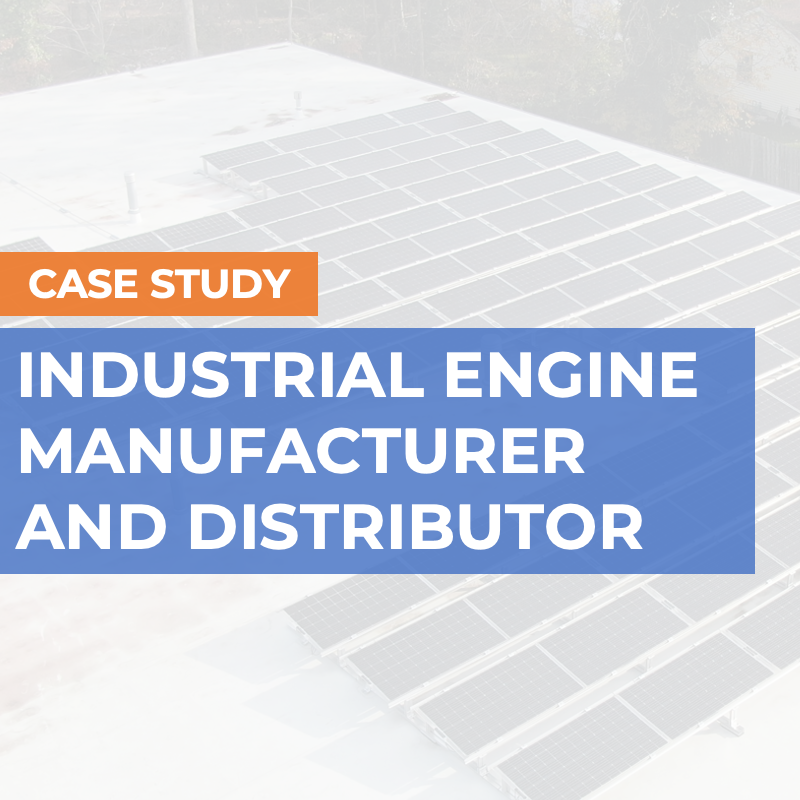Is Your Land a Good Fit for a Solar Land Lease?
Interested in a Solar Land Lease? Here is everything you need to know if your land is a viable site for a solar farm.
As a landowner, you might be looking for ways to create an additional revenue stream or make good use of unused acreage. Thankfully, a solar land lease is a great option that will accomplish both. When considering the option for a solar land lease, it’s important to know that not all land is suitable for solar development. Factors like terrain, access to power lines, and even the state where your land is located can play a major factor in the viability of the project. So it’s important to understand the factors that go into determining if your land is a good fit. This blog post will help educate landowners on what goes into deciding whether or not to lease their land for solar development.
What is a solar land lease?
For landowners looking for an innovative way to get the most out of their property, solar land leasing is an excellent option to consider. A solar land lease allows landowners to rent out their acreage to solar developers and receive compensation for electricity production generated from solar panels placed on their land. With solar energy becoming increasingly popular around the world, a solar land lease allows landowners to take advantage of this trend without any long-term commitment or investments. Not only does solar land leasing create a new source of income for landowners, but it also helps reduce emissions and make more renewable energy available efficiently and cost-effectively.
How much revenue can be generated through a solar land lease?
A solar land lease is an extremely profitable business decision for any landowner. By leasing your land to a solar energy company, you can achieve a considerable amount of monthly revenue which can help you take care of your financial obligations with ease. For example, Genie Solar Energy offers solar land leases at $1,000 per acre, per year and provides other advantages including potential tax credits or payouts when solar projects become operational. Therefore, solar land leases are not only a great way of generating new revenue but also ensuring long-term sustainability making it an ideal option for any property owner.
Here are some key factors to determine if your land is a good fit for a solar land lease.
If you are a landowner looking to utilize solar energy for the electrification of your land holdings, then you will want to ensure that your land is a good fit for a solar land lease. To do this, there are several key factors to consider as they may impact the lease structure and/or whether your plot of land is even suitable. These include researching local zoning regulations, regulation regarding shading and vegetation around the proposed solar equipment, access points and routes for servicing any potential solar infrastructure, potential hazards on the site like power lines or areas that experience extreme weather events, etc. While it can seem daunting to conduct all the necessary research to get started, fully understanding these points can help determine if a solar land lease is right for you and your property.
1. Land Terrain
When considering if solar is a viable option for your land, it’s important to understand the terrain of your property. Is it flat or hilly? Are there any obstructions or obstacles present? Are there rocky areas or bodies of water? These can all affect the amount of construction that would be needed for the project, and in some cases could be a challenge for developers. Not every situation is a deal breaker, however exploring how the landscape may impact a potential solar lease is an essential step to consider.
2. Access to the Grid – Three Phase Power
It’s important to consider if your land is suitable for the technology involved in a solar farm. Specifically, it should be located within reach of a reliable power source for connecting the solar farm to the grid. This means that the land should have an appropriate power source located nearby, such as a local power line or substation, which is necessary for providing the solar farm with the electricity it needs to operate.
The power source should be easily accessible, specifically there-phase power lines. Having three-phase power is critical to successfully running a sustainable solar land lease project. Three-phase power is a sophisticated AC circuit, made up of three wires and progressing each signal 120 degrees apart. While single-phase power lines are usually found in residential areas, it’s generally only commercial and industrial sites that use the more advanced three-phase variant. The idea behind connecting a solar system directly into the three series of AC lines is to make the solar creation process incredibly efficient. Therefor, if you’re looking to successfully launch a solar farm on your land; having access to these power lines along or close to your proposed property will be essential components for success.
Without this connection, it will not be able to participate in net metering opportunities, meaning you won’t be able to sell the electricity generated at optimal rates. This makes it incredibly important that your land is located close enough to an existing power source to benefit from the full advantages of leasing your land for solar energy production.
3. Road Access
Access to public roads is another key factor. This is necessary to transport any materials or equipment that may be necessary for the installation or maintenance of the system. Without direct access to public roads, the costs associated with bringing materials and equipment onto the site could become quite expensive which may significantly reduce the overall value of the lease agreement. Therefore, before agreeing, make sure that your property is equipped with adequate access to public roads.
4. States with Deregulated Energy
If you’re a landowner and looking to cash in on the solar energy craze, states with deregulated energy are the most advantageous locations for a solar land lease. By choosing an area with deregulated energy markets, you can enter contracts that have been approved or tailored for your location to maximize the benefits of your solar land lease. You’ll also be able to take advantage of potential incentives that may be available through local renewable-energy programs, as well as other tax advantages. Though every state offers different regulations, selecting a state with deregulated energy is one of the best ways to get started on your own sustainable solar project.
In 2022, there are 29 states with deregulated electricity. Here are a few of the states that have deregulated energy markets: Connecticut, Delaware, Illinois, Maine, Maryland, Massachusetts, Michigan, New Hampshire, New Jersey, New York, Ohio, Pennsylvania, and Rhode Island. View the full list of deregulated electricity states here.
How to Get Started with a Solar Land Lease
If you’re interested in solar energy and have land that could potentially support solar development, a solar land lease can be an ideal option. At Genie Solar Energy we provide free land assessments to help owners determine the viability of solar projects on their properties. All you need to do is reach out and we’ll come out and inspect your land free of charge – no strings attached! Your solar project might just hold the key to unlocking substantial financial rewards, so why wait? Contact us today to get your solar journey started!










